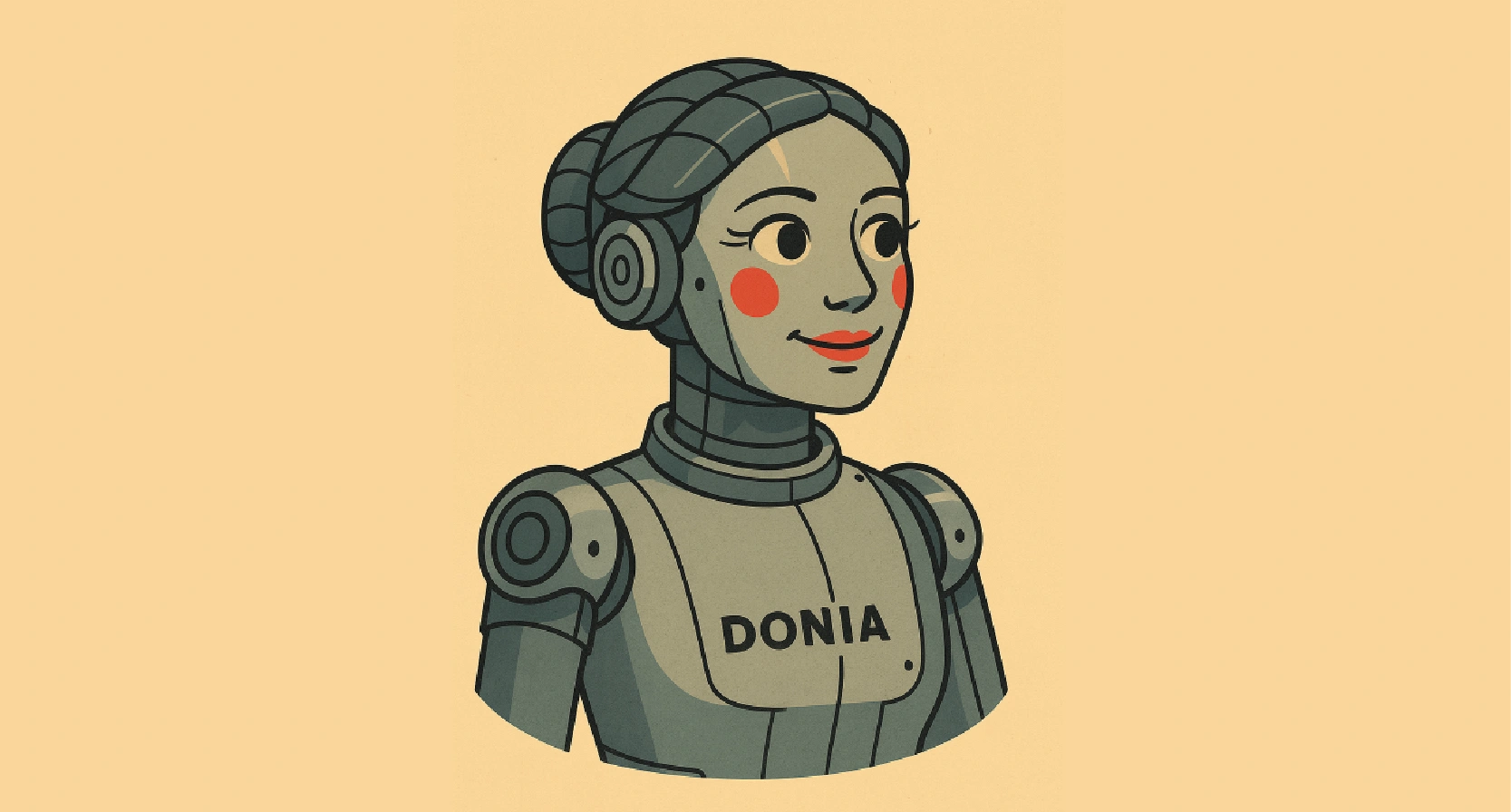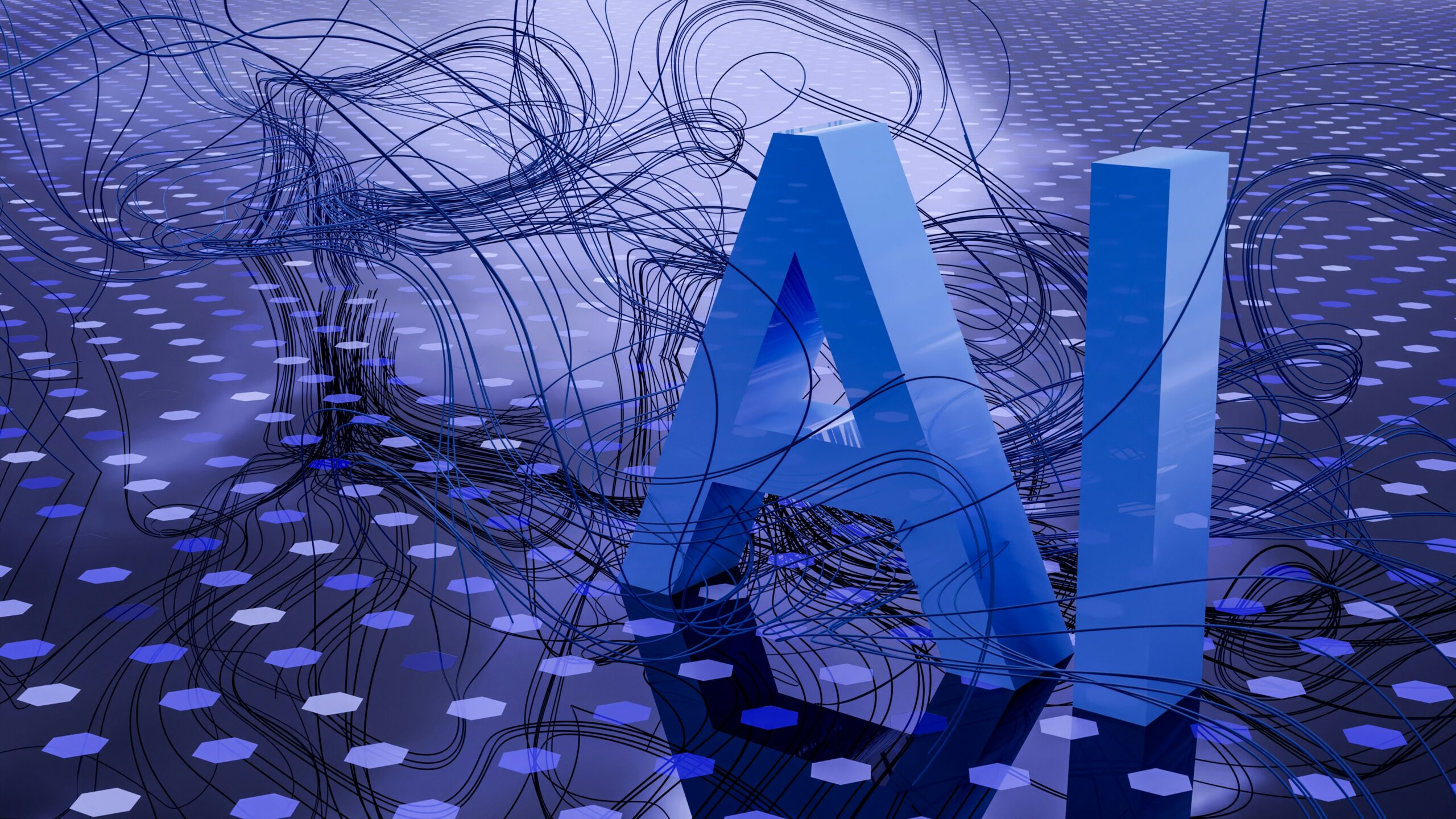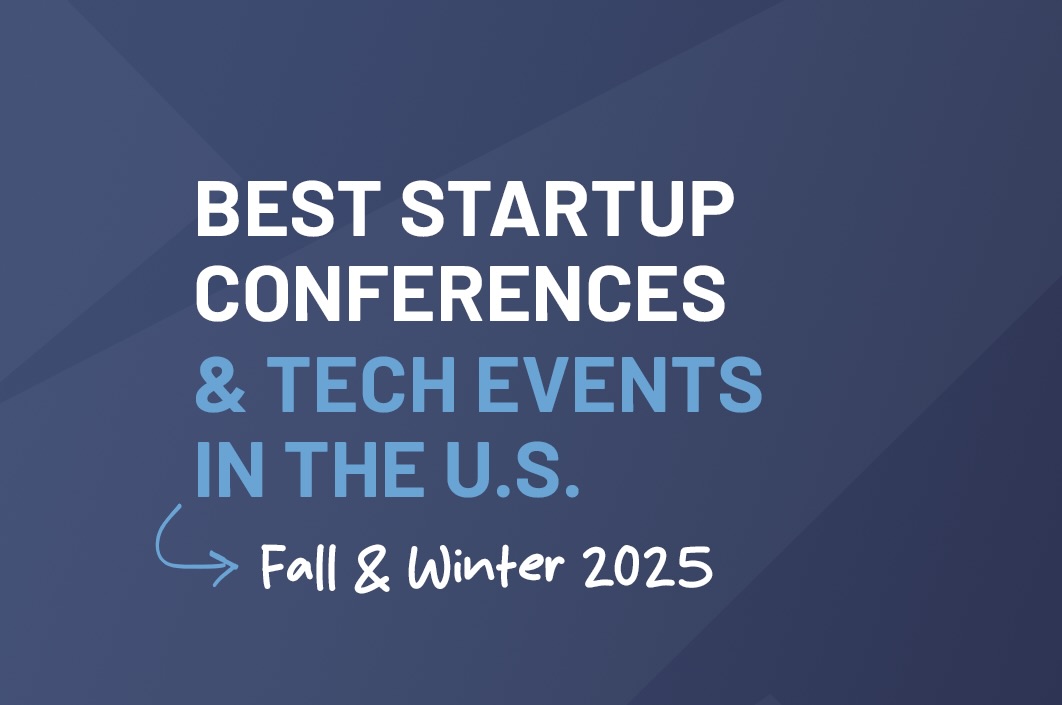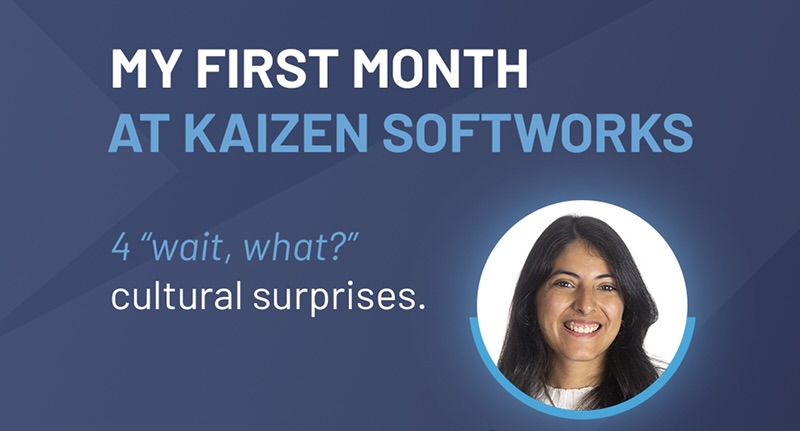I’ve been riding the AI wave from the very start here at Kaizen Softworks, with all the hype, concerns, doubts, and broad vision that come with it.
This post is about how Kaizen Softworks went from small AI experiments to full company-wide adoption, building infrastructure, policies, and culture that allowed us to enable every developer with ChatGPT-5 within hours of its release.
Our First Steps into the AI Wave
It began small: fewer than a handful of us asking, “What exactly is AI?” We decided to dig deeper, run some experiments, laugh at the hilariously bad outputs we got from time to time, and be amazed by the little gems we discovered along the way.
Thanks to Kaizen’s horizontal structure, we could start processes and workflows in a very autonomous way, a rare experience if you’re not used to flat organizations. We created plans, ideas, and ways to move forward, and we got going quickly.
We knew we wanted to explore many areas, without knowing which ones would pay off. We set aside modest resources for things like service licenses, learning, workshops, and even reserved a chunk for a local server.
Coming from an infrastructure background, I felt responsible for creating the tools and environments that enable people to do things. While other companies were banning AI, we were promoting it, not pushing, just enabling. Some people even expressed concern that they were using AI more for personal purposes than for work, due to unclear regulations, permissions, or acceptance, or simply because they didn’t know how to apply it. Our advice was: just do it.
DonIA: Our Custom Server and Enabling Philosophy
Before long, we built our custom server: DonIA. Even the name came from a fun exchange with Nacho, Kaizen’s most hyped-up teammate. We spoke to finance for resources, to marketing to let them know our intentions, and to our CEO. No one fully understood where we were headed, honestly, neither did I, but everyone agreed it was worth supporting at full speed.
We presented what I still believe is some of the most professional work done, without specs, without deadlines, without a product manager, and by carving out time wherever we could, often making space where none existed. It was driven purely by interest and passion.
From a Risky Bet to Company-Wide AI
Just a few weeks later, Martín and Nacho had built up enough momentum to get a specific team excited about going full speed with AI for a client. It felt like a risky bet. The safer answer would have been, “No, too risky. We can’t go all in.” But Alex’s fire in his eyes told us that wasn’t an option. So we moved forward, enabling the team to use AI in a real production context: deadlines, constraints, and all.
We created security documentation, studied privacy issues, got our servers online so we could run non-cloud, on-premise versions if needed, drafted policies and workflows, and within days, the team was using AI in their workflow.
And that effort wasn’t just for one project; the frameworks were designed for the entire company. If we were going to push AI forward, we had to embrace it company-wide.
We built toy projects day after day, read forums, shared experiments, and held weekly meetings with tons of updates. Everything was shared openly for discussion.
Within a few months, we had a complete framework for almost anyone at Kaizen to make great use of AI tools. It didn’t feel fast at the time, sometimes it felt slow, but for a team with zero officially allocated hours, it was impressively steady.
Eventually, we decided to go further. We aligned with our CEO, finally allocated resources, and formed a small but dedicated team. We brought together advisors from every team in the company to gather blockers, share ideas, and make decisions for the greater good. The involvement and professionalism were incredible, it felt like everything was falling into place.
And today is the payoff. ChatGPT-5 was released just seven hours ago, and within hours (not days, not weeks, and definitely not months), we achieved something remarkable
All teams are now fully aware of the security, copyright, and privacy concerns, including, for instance, OpenAI’s lawsuit in the context of general-purpose chat tools. They also know exactly which services offer zero data retention, and which don’t.
Our infrastructure was upgraded to GPT-5 within hours of release, and we already have experiments running.
It’s 3:30am right now, tomorrow every Kaizen developer will start the day with access to state-of-the-art AI tools and the knowledge to use them effectively. From experience, I know this would normally take weeks or even months without the groundwork we’ve all put in.
Milestone Reached
Kaizen’s horizontal structure certainly helped, but it was the commitment from the people, from the hypers to the conservatives, that made this possible. Everyone added their grain of salt, some brought the whole bag, but all contributions were equally important.
I’m incredibly proud of this team. Congratulations to all, well done!




